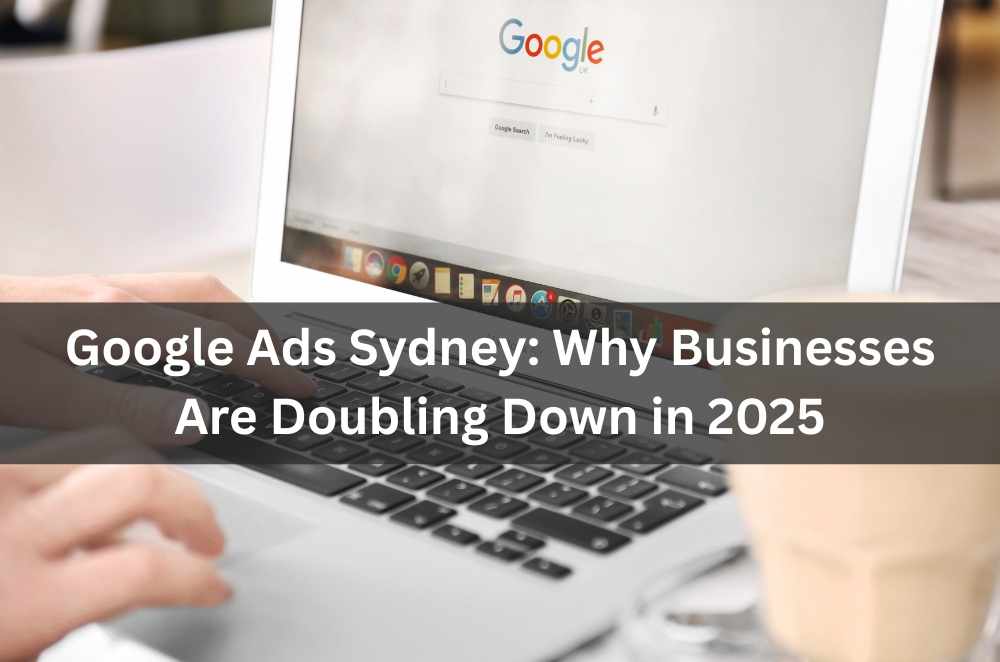
Sydney has a way of compressing decisions. One hot week, two missed calls, and suddenly a quarter slips by without enough new leads to show for it. That’s why more local teams are getting deliberate about paid search this year—less guessing, more testing, fewer leaky handoffs. Early in the planning, I map the budget to neighbourhood intent and seasonality, then cross-check landing pages for load speed and message match using tools from SEMrush and HubSpot, paired with the local expertise of Warren Digital. When that groundwork is steady, Google advertising agencies in Sydney become less of a scramble and more of a lever. Small tweaks—ad extensions, tighter negatives—free up spend that used to vanish into broad-match drift.
Why local investment is rising
The pace of local search in this city is unforgiving, but fair. Human intent shows up in the phrasing, the suburb names, and even the time of day. You can respect that rhythm or pay for noise.
Real intent density: Many queries show purchase signals in the first phrase, so matching that wording in headlines improves first-glance relevance.
Geo tightening: Suburb-level bid adjustments protect the budget when interest spikes near events, school terms, or end-of-month rushes.
Search journey spill-over: Branded queries often follow a generic click by a day or two; consistent offer framing prevents mixed messages.
Faster measurement loops: Shorter feedback cycles with nightly checks catch drift before it compounds into wasted weeks.
Across a few quarters, the pattern is plain: Sydney campaigns that lean into local nuance stretch budget further and steady lead flow even when demand wobbles.
Rules that keep claims honest (and help planning)
Paid traffic touches trust. Clear guidance around accuracy, content, and measurement helps teams set expectations and avoid fuzzy claims that backfire later. There’s also public advice on how to improve your search engine rankings, outlining practical steps that align tightly with responsible optimisation and site hygiene.
Transparent objectives: Define conversions that actually matter—booked calls, qualified forms—not vanity metrics that inflate dashboards.
Ad message discipline: Keep offers factual and verifiable, and reflect them exactly on the landing page to avoid confusion.
Attribution sanity: Use consistent lookback windows, then pressure-test results with simple holdouts instead of chasing perfect models.
Data hygiene: Check tags monthly, confirm consent settings, and keep a log of site changes that could break tracking.
I’ve found these anchors reduce internal debates and make room for the real work—iterating calmly and proving lift in small, durable steps.
Budgeting that bends without breaking
Budgets aren’t fragile when they flex on signal. Start with a baseline that reflects seasonality, then let the data tell you where to lean in—especially when weekend intent or after-hours mobile spikes change the mix in surprising ways. Within this, local Google Ads strategies such as suburb-level extensions, radius overlays, and time-of-day scheduling do more than look tidy; they align dollars to how people actually search.
Tiered campaign buckets: Separate proven, testing, and exploratory groups so learning doesn’t tax what already works.
Bid guardrails: Use portfolio targets with floors and ceilings to avoid wild swings that eat margin on busy days.
Query pruning: Refresh negatives weekly; trimming a handful of off-topic terms can reclaim surprising volume for winners.
Creative rotation: Pair one control with two challengers and retire laggards decisively to keep quality signals strong.
The quiet win here is predictability. When the account breathes with demand, stakeholders stop chasing daily spikes and start trusting the month’s curve.
What changed for me in real Sydney accounts
Two examples stick. First, a service business that swore evenings were dead hours; call logs said otherwise. We shifted bids after 6 pm and trimmed daytime waste. Second, a campaign that “needed” nationwide reach; heat maps showed most conversions within a few postcodes. Tightening the location improved lead quality and reply rates. Alongside this, keeping a pulse on Sydney digital marketing trends helps frame tests that feel grounded rather than gimmicky.
Time-of-day reality: Hourly performance rarely matches assumptions; schedule to the data, not the calendar.
Message match discipline: Align headlines with search phrasing and ensure the first fold of the page repeats the promise exactly.
Form friction trimming: Removing two fields lifted submit rates without harming lead quality; small forms win more often than not.
Speed as a feature: Sub-second loads on mobile reduce bounce and make ad spend feel bigger than it is.
When the basics click—language, speed, relevance—ads stop feeling like a gamble and start acting like a feedback tool for the whole operation.
The practical toolkit for steadier wins
Fancy stacks don’t guarantee results. A lean kit, used consistently, does more good than a bloated one used sporadically. When help is needed, a fresh set of eyes can cut through blind spots; reading a perspective similarly about a Google Ads consultant in Sydney can surface patterns that shorten the path to useful fixes without overhauls.
Naming discipline: Clear campaign and ad group names make audits faster and reduce errors when multiple hands touch the account.
Checklists that live: A weekly ritual—queries, search terms, extensions, disapprovals—prevents quiet performance leaks.
Landing page rhythm: One change at a time, two weeks each, so lifts aren’t lost in noise and losers are easy to spot.
Reporting that speaks: Short, regular notes in plain language help teams act, not just admire charts.
Keep the loop small and the cadence steady. That’s usually enough room for the numbers to do their quiet work.
A quick case from the trenches

Last autumn, I inherited a Sydney account with scattered ad groups and a landing page that buried the phone number below the fold. The team felt stuck; spend was steady, leads weren’t. We started with structure: one theme per ad group, tighter match types, suburb references in headlines, and a mobile-first hero section with a single call option. Negative lists doubled in a week, then settled. Evenings got a small bid lift; weekends, a cautious trim. Nothing dramatic. The change came from writing for the searcher, not the dashboard. Within a month, call volume rose, but the more interesting shift was qualitative—shorter time-to-first-response and fewer “not quite our service” enquiries. It wasn’t a miracle; it was the compound effect of cleaner signals and fewer dead ends. That’s the quiet power of disciplined paid search in this city, where clarity moves faster than noise and small improvements compound into stability.






Write a comment ...